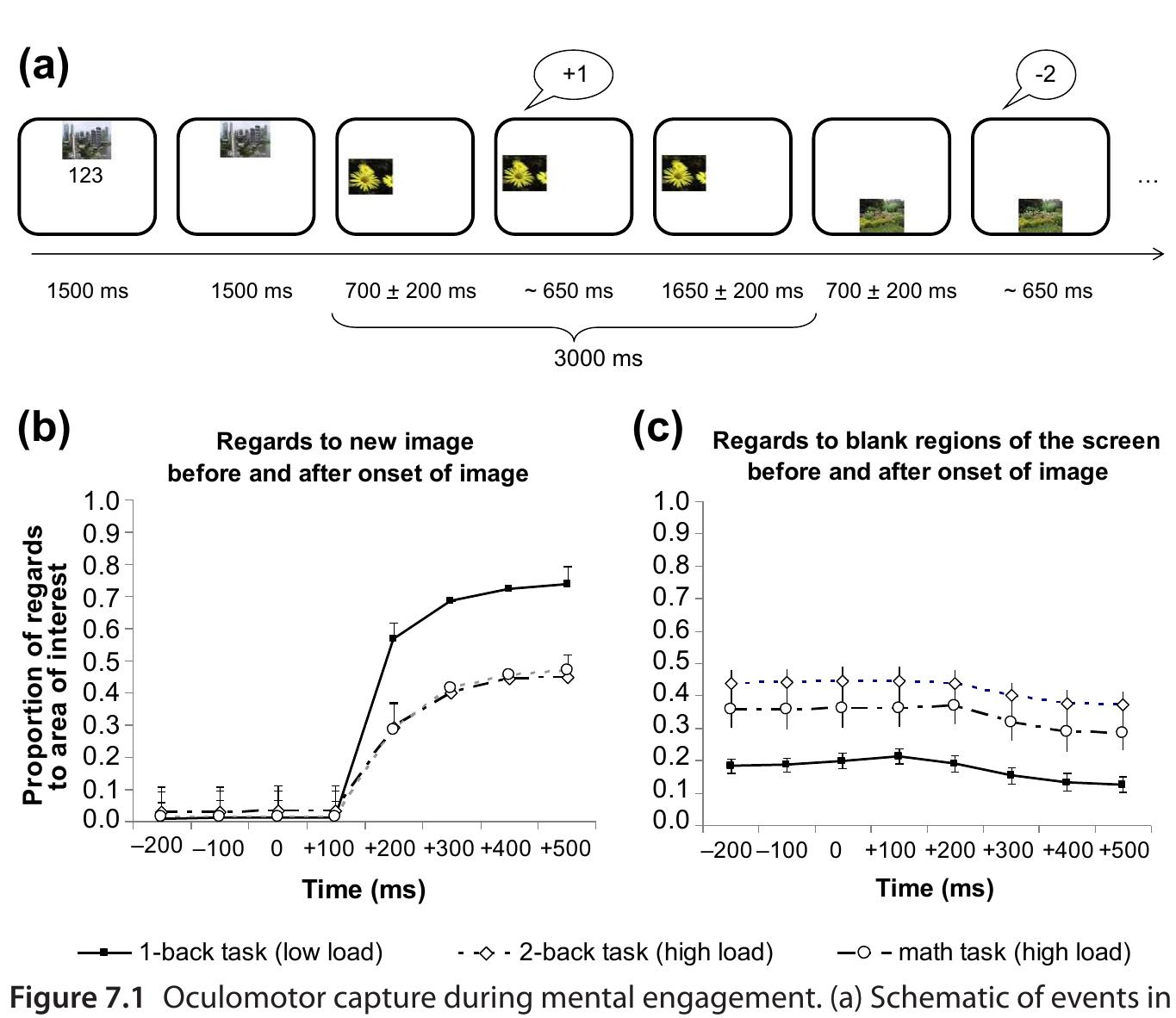Key research themes
1. How can machine learning and similarity-based models improve short-term location predictability in mobile networks?
This research theme focuses on the application of supervised learning and classification algorithms to predict the immediate or next location of mobile users based on their recent movement histories and spatial context. It addresses the challenges of capturing user mobility patterns with scalability and accuracy, exploiting temporal, spatial, and velocity features, and evaluating predictive performance against baseline mobility models. The work is relevant for enhancing wireless network protocols, location-based services (LBS), and mobile context-aware applications that benefit from proactive location estimations.
2. What strategies optimize energy-efficient location sampling tailored to individual mobility patterns?
This theme explores methods for adaptive and energy-aware tracking of mobile users by adjusting the frequency of location sampling according to the regularity and predictability of individual movements. It investigates how spatiotemporal regularity in human mobility enables a trade-off between sampling rate and localization accuracy, aiming to minimize energy consumption without sacrificing location quality. These strategies have implications for mobile computing, reducing battery drain, and preserving privacy by limiting unnecessary data collection.
3. How can social and contextual semantics be leveraged and protected in location predictability and privacy?
This theme investigates the dual role of social network ties and contextual location semantics in influencing location predictability and the associated privacy risks. It examines how aggregations of social contacts and non-social co-located individuals can provide substantial predictive information about a user's whereabouts, creating privacy leakage potential. Additionally, it considers perturbation and privacy-preserving mechanisms that incorporate semantic context to balance utility and privacy in location-based services.




